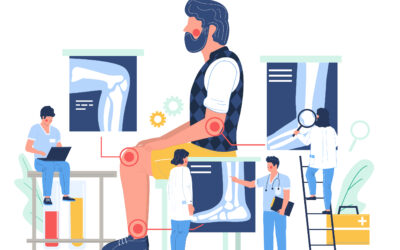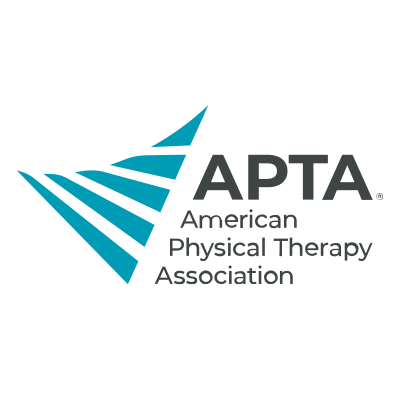By Christina Moskala, DPT
Are you or a loved one 60+ years old and not as strong or healthy as you used to be? Would you consider yourself or that loved one frail? Did you know frail individuals are at a greater risk of disability, falls, hospitalization, and even death?1-3
Not to worry! We have good news!
Research
Research4 done by Universidad Autónoma de Madrid (UAM) in Spain and published in the Journal of the American Geriatrics Society discovered that you and your loved one are not helpless! Frail people over the age of 60 can reduce their mortality rate simply by being physically active. 3,896 people over the age of 60 were put into one of three categories: Robust, Prefrail, and Frail according to how they scored on the Fatigue, low Resistance, limitation in Ambulation, Illness and weight Loss (FRAIL) scale. Each participant was also labeled as Physically Active or Physically Inactive according to how they rated themselves. The participants were followed from 2001 until 2014. By 2014, 1,801 of the participants had passed away.
Results
Frail individuals were twice as likely to die than those who were Robust. Being physically active lowered the all-cause mortality rate by 18% in Robust patients, 28% in Prefrail patients, and 39% in Frail patients. Mortality of Prefrail Active participants was similar to that of Robust Inactive participants, and Mortality of Frail Active participants was similar to that of Prefrail Inactive participants. Physical activity might partly compensate for the greater mortality risk associated with frailty in old age.
You can access the full article HERE.
What This Means for You
Even if you rate your physical activity as occasional or several times a month, you can be placed in the Physically Active category and reduce your all-cause mortality rate! There are plenty of ways to incorporate physical activity into your life which the highly qualified therapists at Folsom PT would be happy to discuss with you to make sure the activities are safe, fun, and customized to meet your body’s individual needs.
References
1. Clegg A, Young J, Iliffe S, Rikkert MO, Rockwood K. Frailty in elderly people. Lancet 2013; 381:752–762.
2. Fried LP, Tangen CM, Walston J et al. Frailty in older adults: evidence for a phenotype. J Gerontol A Biol Sci Med Sci 2001; 56A:M146–M156.
3. Walston J, Hadley EC, Ferrucci L et al. Research agenda for frailty in older adults: Toward a better understanding of physiology and etiology: Summary from the American Geriatrics Society/National Institute on Aging Research Conference on Frailty in Older Adults. J Am Geriatr Soc 2006; 54:991–1001.
4. Higueras-Fresnillo, Sara, et al. “Physical Activity and Association Between Frailty and All-Cause and Cardiovascular Mortality in Older Adults: Population-Based Prospective Cohort Study.” J Am Geriatr Soc 2018, doi:10.1111/jgs.15542.










